10 Superior Strategies to Top the Board Exam
Board examination is considered as one of the most important milestones in the life of a professional. It’s the deciding factor whether the country’s regulatory commission would confer a license to practice to the individual – based on the result of the assessment.
Annually, there are huge numbers of individuals who would take the board exams. All of them are dreaming to finally reap the much-desired license, something they’ve been preparing for four to five years during college. But not all aspirants will pass, commonly less than half.
Result of board exams will help shape the future career of an individual, providing the privilege to practice a profession they’ve been dreaming.
If you are an aspirant, you probably feel the pressure and many doubts. Nonetheless, there’s the strong mindset to keep going, just do your best and positive result will follow.
So, how should you exactly pass the board exams? Or make it to the top?

To help you with your quest for license, we’ve created this article titled 10 Superior Strategies to Top the Board Exam.
Table of Contents
Gamify Your Review
Want to spend your whole review sessions merely looking at a printed piece of paper while memorizing key concepts? That’s boring, and will probably bring minimal retention.
Bring some spice and joy through incorporating games. Games do not only make the review process engaging, but they also make it easier to digest. That is since you are learning through the natural way.
For example:
- Purchase a subscription of apps such as Quizlet and study flashcards, your scorecard in the app surely brings motivation.
- Play with game-show style review with friends.
- Incorporate badges, scorecards into your review – and reward yourself if you got a very high score.
Learn more on how gamified learning enhances retention, [click here].
Use Dual Coding
Again, staring at a piece of paper full of text gets boring overtime especially if you’re going to review years of lessons within some months. There’s a way to put more engagement – and the technic is called dual coding.
Dual coding refers to the study technique where you are going to combine verbal information, like words or phrases, with visuals, such as diagrams or illustrations to strengthen memory and comprehension.
Instead of mere words, pair them with images, charts or mind maps. It makes the information easier to understand and strengthens recall by engaging multiple areas of the brain.
The technique avoids confusion and helps clarify the concepts.
For example, in reviewing about cells in biology, which do you prefer: (a) text with definition, (b) a diagram with labeled parts and key concepts.
For more information about dual coding, [click here]
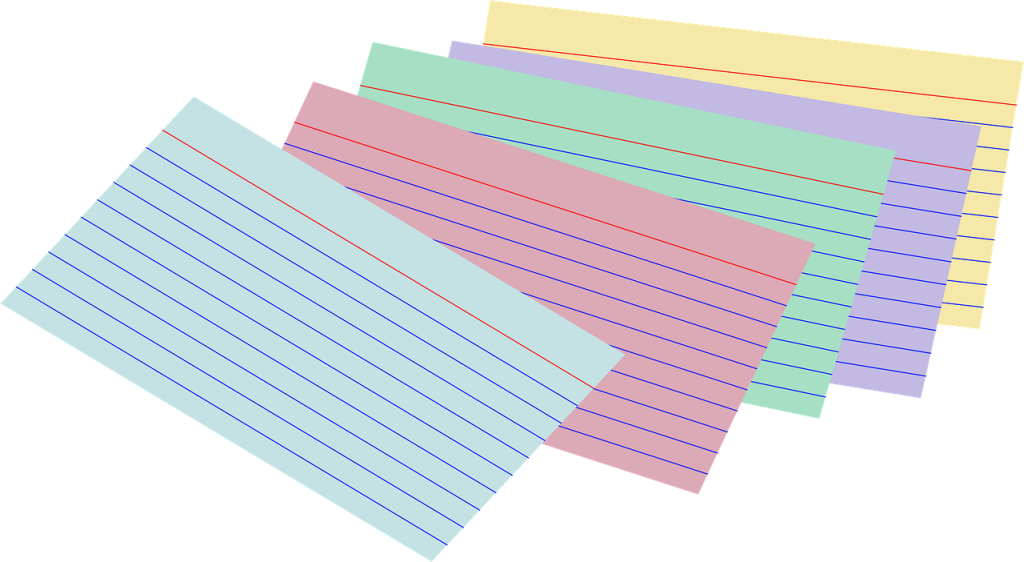
Use Flash Cards
The use of flash cards is one of the most effective study tools you can use in your board exam preparation. It’s portable (can carry anywhere), targeted (focus on specific topics, not overwhelming), and provides immediate feedback.
Primary reason for its effectiveness is active recall, which is the process of retrieving information from memory. Active recall has been shown to strengthen neural connections, improving long-term retention.
In addition, incorporate spaced repetition. This is a technique where information is reviewed at increasing intervals to combat the forgetting curve. Or revising materials before it is likely to be forgotten.
For more information about the use of flash cards, [click here]
Utilize the Pomodoro Technique
Having a marathon of study session every single day for a month is stressful and possibly leads to burnout. The Pomodoro Technique is a simple and effective time management method to improve focus and productivity with ease.
Basically, set a task (your review) and focus on it for 25 minutes followed by five minutes of break. Repeat the process but have a longer 15-30 minutes of break at the 4th iteration.
This strategy helps an individual systematically focus on the work and have time for rest. It allows an individual to concentrate, avoid mental blocks, and brings a sense of urgency.
For more information about the Pomodoro Technique, [click here]

One Chunk at a Time
The mental load of having to review years of lessons and condense in few months is heavy, but with chunking you can make it easier. Chunking refers to the technique where instead of trying to remember a large amount of information all at once, you group it into chunks that are easier to process or remember.
As example, instead of studying a whole chapter, divide it into key themes or subtopics. Likewise, use acronyms or mnemonics to remember it faster. Another, instead of trying to remember a long number like 123456789, break it into smaller chunks like 123, 456, and 789.
For more information about the chunking technique, [click here]
Practice Pre-Emptive Planning
At the outset, clearly identify the deadline for the task at hand. That is, the date of the examination. Thereafter, map-out how to achieve a high score up to the deadline.
It is also helpful if you break the tasks into smaller, actionable and manageable tasks. For example, divide the topics and set a specific deadline for each of them. Likewise, clearly identifying how the goal could be achieved with the given timeline.
This will allow you to tackle one task at a time, ensuring consistent progress without feeling overwhelmed. All this, while having a clear plan on how to review everything before the deadline.
For more information about pre-emptive planning, [click here]
Enroll in a Reputable Review Center
Enrolling in a review center with reputation of quality and high passing rate, is a huge factor in in earning your much desired license.
Review centers have up-to-date review materials, access or knowledge on recent exams (art of questioning, exam coverage), proven strategies (study tips, hacks appropriate for reviewing for board exams), and topnotchers and experts as resource speakers.
Dr. Carl E. Balita Review Center is one of known brand when it comes to board exam reviews.
Use Proven & Effective Review Materials
Also consider, purchase review materials from trusted publishing companies, review centers, topnotchers, schools. Not all information will be taught by your review center, nor all contents of the actual test were taught in schools. There will always be information that were missed, aside from those that were forgotten or still confusing.
Advantage of review materials over textbooks is that information is more condensed (commonly in bullet format) and designed for re-learning information. The information was taught in detail in schools anyway, hence no need for long explanations.
Active Listening
Active listening is more than merely hearing words; it requires full attention and engagement. Engagement includes taking notes, asking questions, making connections, and providing feedback during review sessions.
Some strategies to practice active listening: (a) minimize distractions (focus on materials, cut distractions), (b) make more effectiveness (focus on concepts), (c) ask questions for clarification, (d) summarize and reflect, (e) make connections, and (f) stay physically engaged.
For more information about active listening, [click here]

Stay Driven
The review process for board exam requires focus, discipline, and intense eagerness to pass. It is necessary to keep your drive from the first day until the exam date.
Some strategies to use: (a) create a vision board, (b) have a clear goal to set each day or set a goal and revisit each day, (c) have a chart to monitor progress, (d) use affirmations, (e) reflect on uplifting quotes daily.
By never losing hope and keeping your drive, you will have the needed energy, enthusiasm and discipline to go on with your review – and the likelihood of passing with sterling remark is high.
Superior Study Habits is your pal and excellent resource for your review. Always visit us and our social media accounts.
Success Stories
Success Strategies
News to Your Inbox
Fresh insights and exclusive perks delivered straight to your inbox. Sign up now.

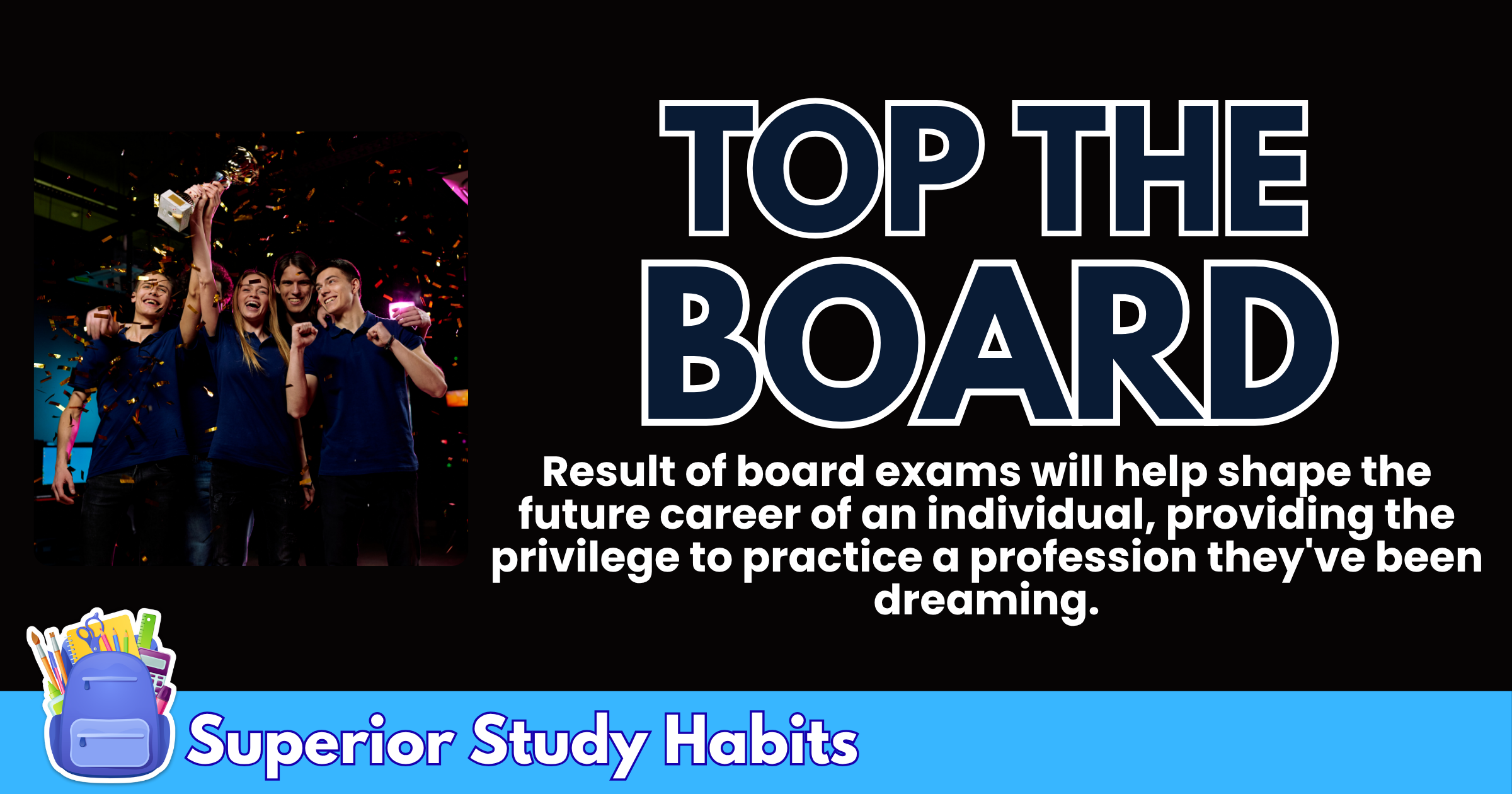

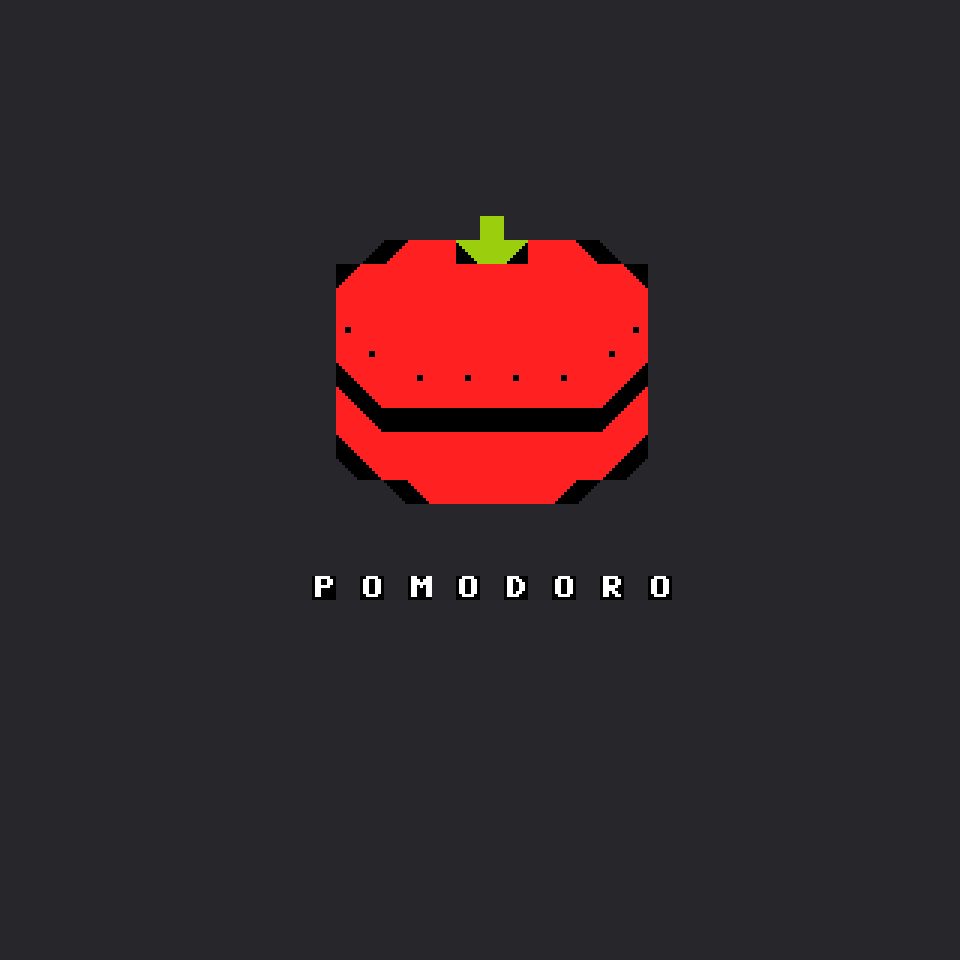




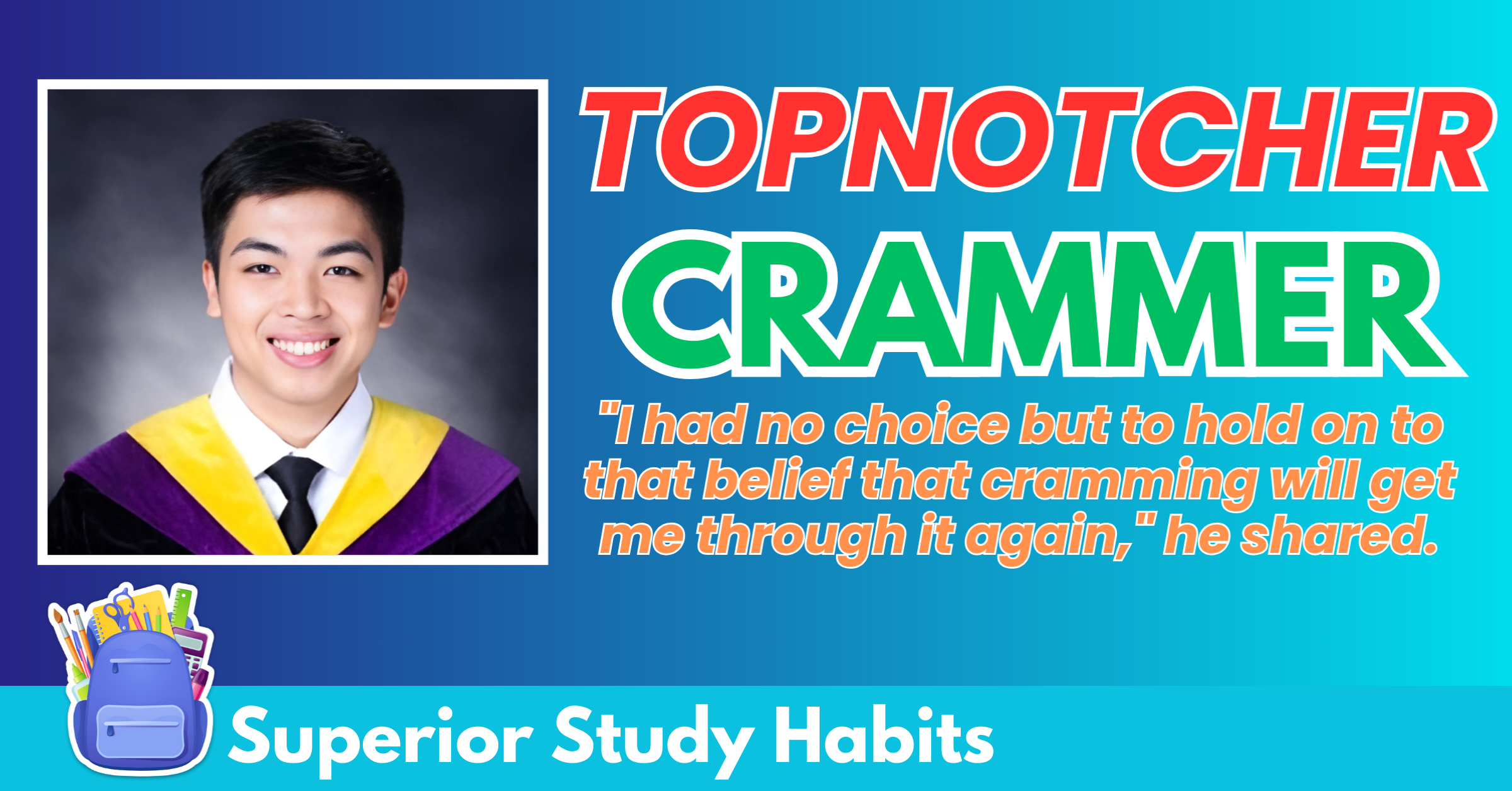
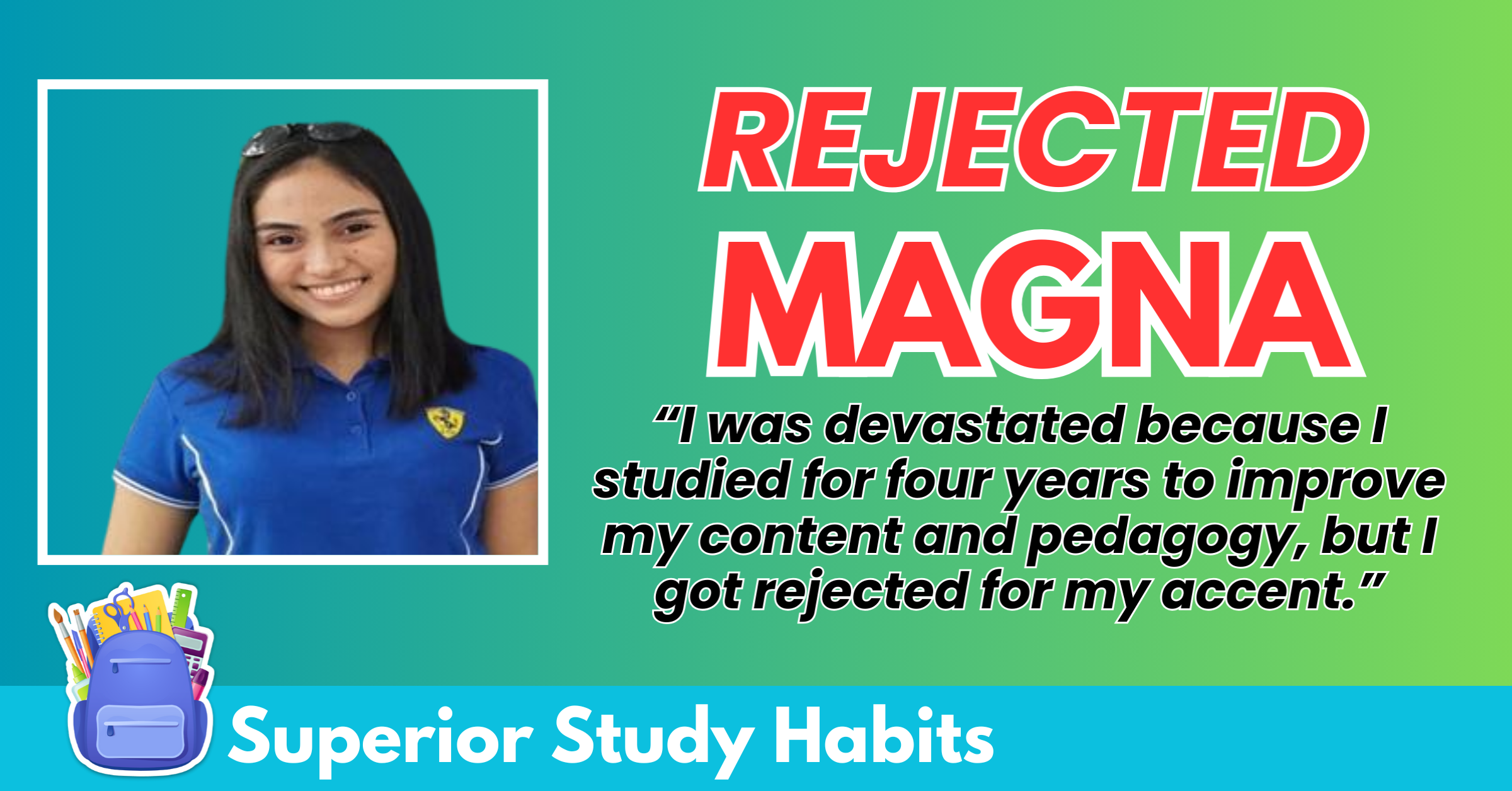
![Pinoy Student Researchers Clinch Platinum Award at International Competition in Taiwan [Consumer Revolution] 14 Pinoy Student Researchers Clinch Platinum Award](https://superiorstudyhabits.com/wp-content/uploads/2025/01/studyhab8-8.png)
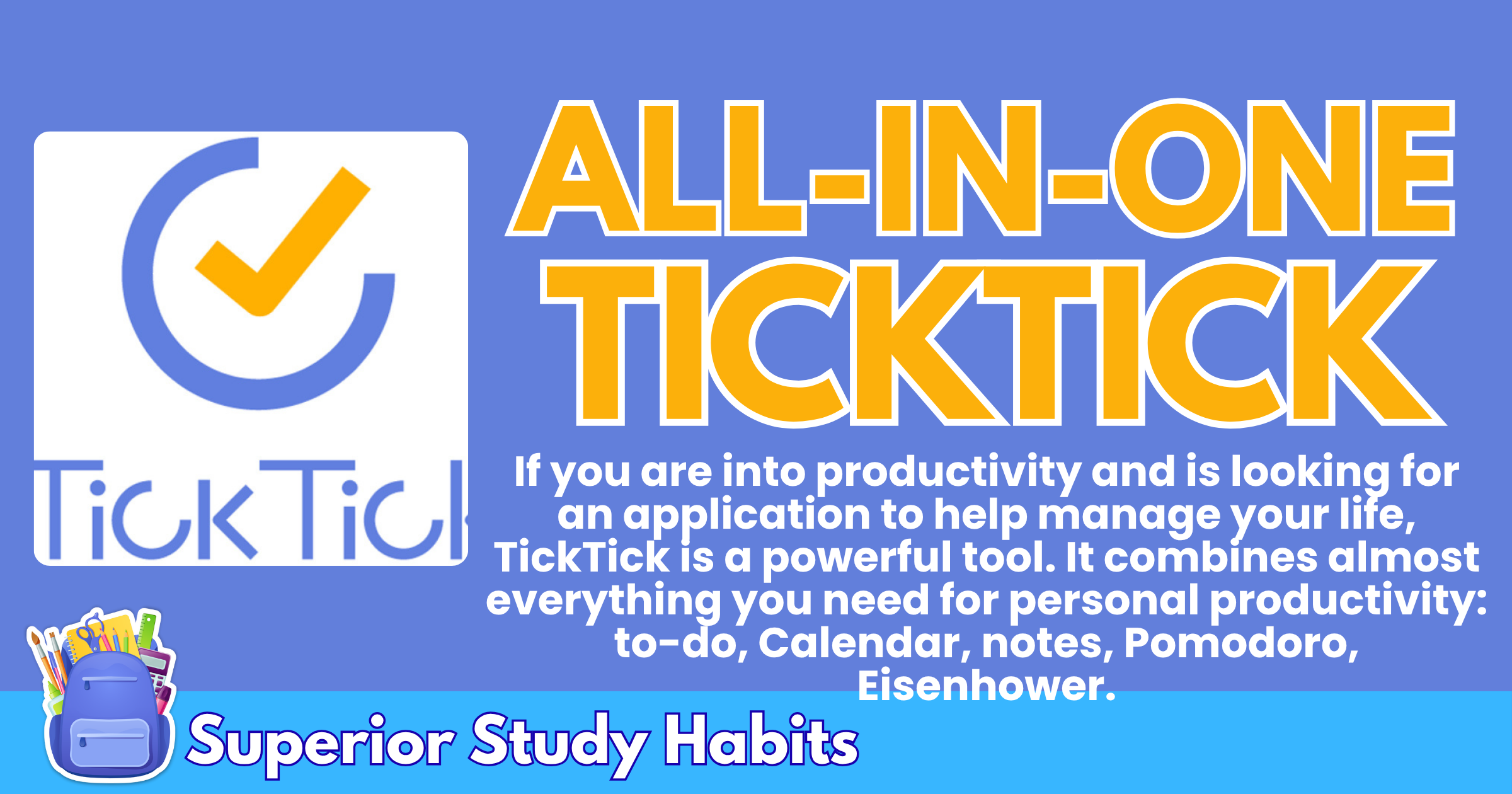
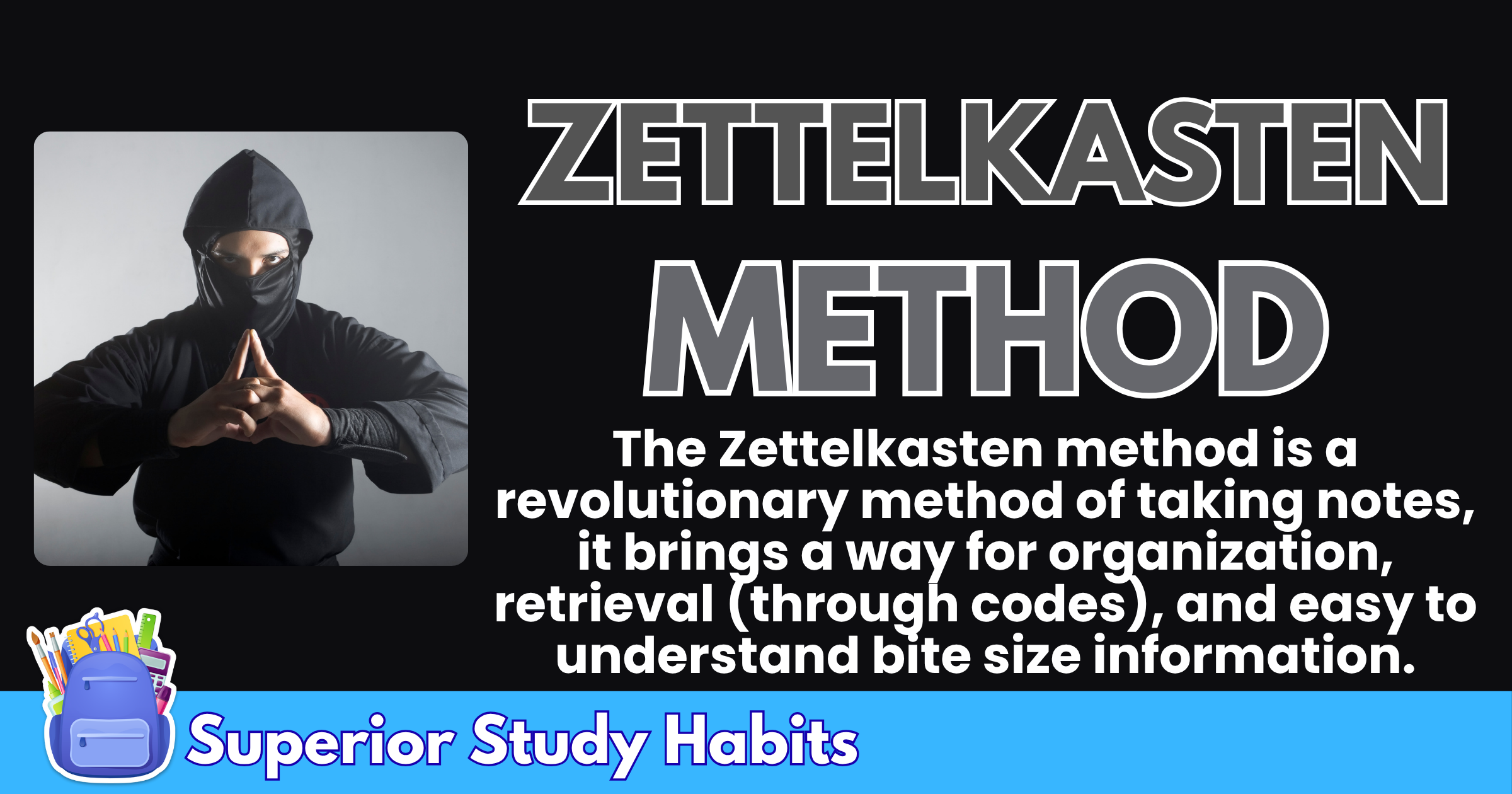
![[Key Secrets Disclosed] Make Learning Powerfully Exciting with Storytelling 17 Make Learning Powerfully Exciting with Storytelling](https://superiorstudyhabits.com/wp-content/uploads/2025/04/study-11.png)


